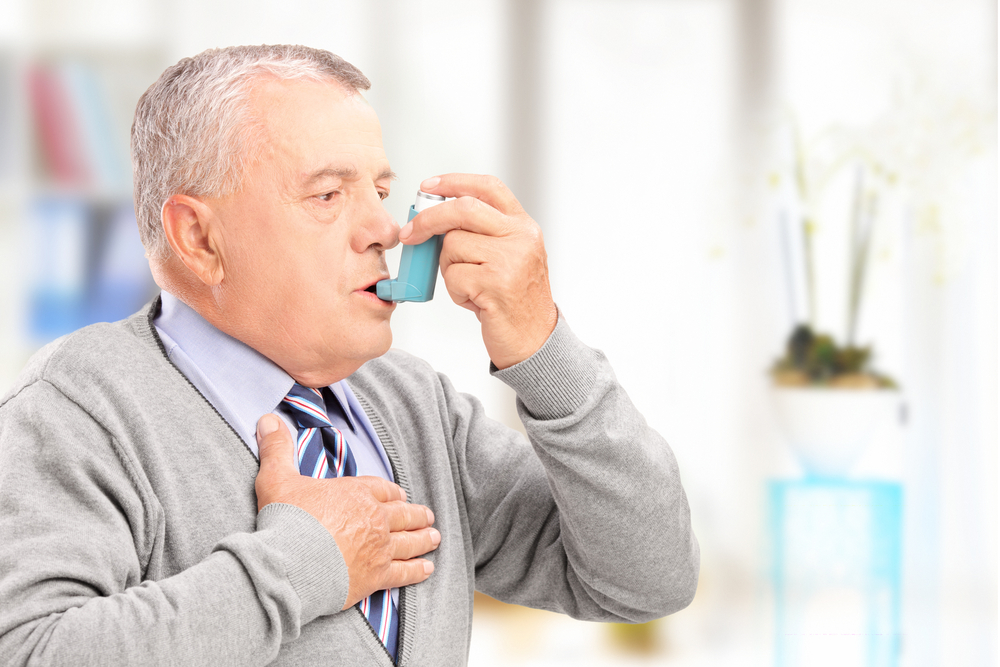If you have allergic asthma and inhales of the triggers, then it can be sufficient to give rise to an asthma episode making you wheeze, cough, and have trouble breathing. So, it is best to know what are the triggers that you can avoid and keep them far away. Avoidance is the most effective asthma treatment for almost all asthma sufferers.
Asthma is a chronic disease of the airways characterized by the inflammation of the airways in your lungs. Therefore, the airways become sensitive to things that make your asthma worse. These are often called as triggers that cause asthma symptoms in people with asthma. Identifying and treating factors and conditions that give rise to an asthma flare-up is considered as a good asthma management. Every individual has their own set of asthma triggers, but there are some common allergic asthma triggers you can watch for and keep them away for a good asthma cure:
Allergic triggers
- Dust mites-These are tiny insects found in mattresses, carpets, curtains, plush furniture, pillows and bedding. They reproduce in humid and warm conditions and feed flakes of human skin. Children are more likely to exposure to these dust mites. The best way to prevent asthma flare-up triggered by dust mites is to limit your kid’s exposure. Try to give special attention to the bedroom where your child spends his/her maximum time.
- Mold-A type of fungus, which produces spores that floats in the air, it can the outdoor or indoor asthma trigger for anyone who has asthma. It also grows in humid environments and lives in soil and plants debris. The air is never free of molds, but one can prevent their growth and development by keeping the house clean and dry. It is mainly found hidden in places like the kitchen sink or anywhere you have leakage of water.
- Pollen-People with pollen allergy gets to experience an asthma episode when exposing to pollens. Pollen is carried by the hot wind on windy days. Tree allergens are more common in the spring season, while grass is a problem in summer and ragweed pollen in the fall. Watch for pollen counts in your region at the local weather forecast. This will helps you to stay inside on days when the counts are high.
- Animal dander-Around 50% of children with asthma has symptoms triggered by pets, researchers suggest. People suffering from pet allergies are not allergic to the furs or feathers of pet. But, are found to be allergic to animal dander. You can see pet allergens in the air even in the absence of pet; these are usually the small particles that float in the air. Even if you give up your pet, the allergens can remain in your furniture, carpets, as well as curtains for months. A pet can also carry mild and pollen inside the house on their fur or feathers.
Non-allergic triggers
Non-allergic triggers are substances that irritate the airways in the lungs of a person living with asthma. The irritation is worse if the airway is already swollen and sensitive. Allergens are not the only triggers for asthma; there are non-allergic triggers too, that can launch an asthma attack. Some common non-allergic asthma triggers include:
- Exercise-A workout session or an intense physical activity can make your asthma worse. In some people exercise may also contribute to asthma symptoms. However, exercise is important for a healthy body; a physician’s advice is an essential for asthma sufferers before initiating a physical activity.
- Weather changes-Weather changes may also cause problems for some people with asthma. Some weather conditions that may make your asthma symptoms worse include extremely cold or hot weather, humidity, and windy conditions.
Taking simple steps like help to control allergens is likely to improve symptoms in many people. But some people still require asthma medications for asthma cure. Consult your healthcare provider for more information about asthma treatment. Your health specialist will prescribe an asthma medicine that will best suit your condition.


